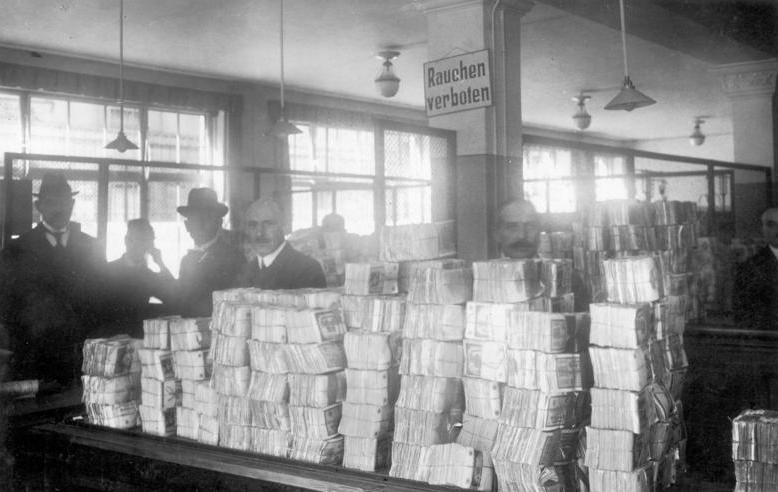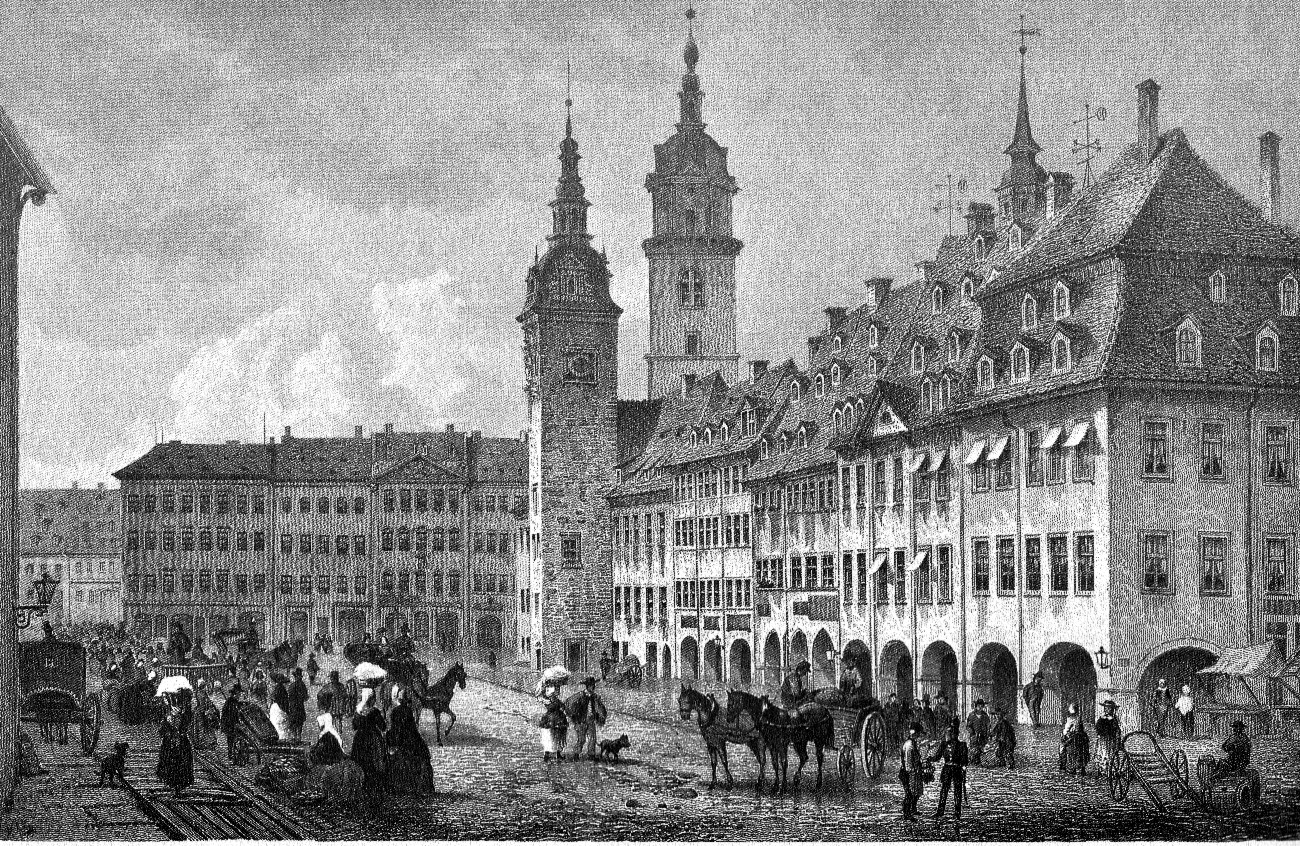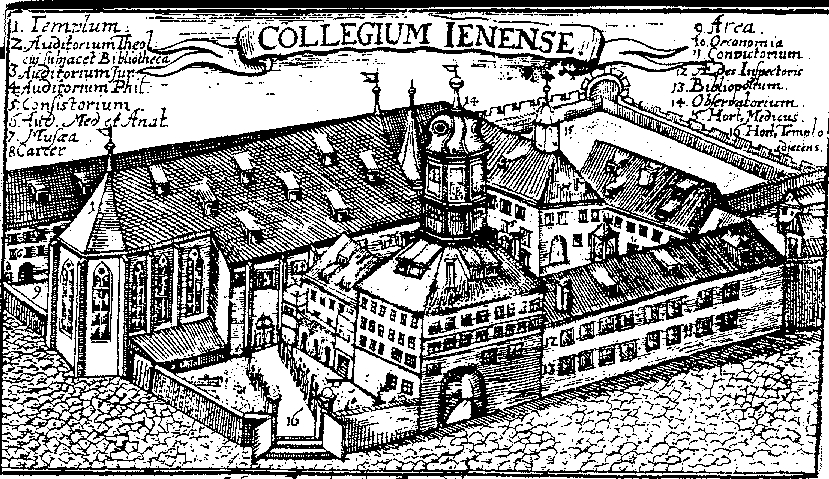|
Douglas Sirk
Douglas Sirk (born Hans Detlef Sierck; 26 April 1897 – 14 January 1987) was a German film director best known for his work in Hollywood melodramas of the 1950s. Sirk started his career in Germany as a stage and screen director, but he left for Hollywood in 1937 after his Jewish wife was persecuted by the Nazis. In the 1950s, he achieved his greatest commercial success with film melodramas '' Magnificent Obsession'', '' All That Heaven Allows'', ''Written on the Wind'', '' A Time to Love and a Time to Die'', and ''Imitation of Life''. While those films were initially panned by critics as sentimental women's pictures, they are today widely regarded by film directors, critics, and scholars as masterpieces. His work is seen as "critique of the bourgeoisie in general and of 1950s America in particular", while painting a "compassionate portrait of characters trapped by social conditions". Beyond the surface of the film, Sirk worked with complex mises-en-scène and lush Technicolor ... [...More Info...] [...Related Items...] OR: [Wikipedia] [Google] [Baidu] |
Hamburg
Hamburg (, ; nds, label=Hamburg German, Low Saxon, Hamborg ), officially the Free and Hanseatic City of Hamburg (german: Freie und Hansestadt Hamburg; nds, label=Low Saxon, Friee un Hansestadt Hamborg),. is the List of cities in Germany by population, second-largest city in Germany after Berlin, as well as the overall List of cities in the European Union by population within city limits, 7th largest city and largest non-capital city in the European Union with a population of over 1.85 million. Hamburg's urban area has a population of around 2.5 million and is part of the Hamburg Metropolitan Region, which has a population of over 5.1 million people in total. The city lies on the River Elbe and two of its tributaries, the River Alster and the Bille (Elbe), River Bille. One of Germany's 16 States of Germany, federated states, Hamburg is surrounded by Schleswig-Holstein to the north and Lower Saxony to the south. The official name reflects History of Hamburg, Hamburg's history ... [...More Info...] [...Related Items...] OR: [Wikipedia] [Google] [Baidu] |
Technicolor
Technicolor is a series of color motion picture processes, the first version dating back to 1916, and followed by improved versions over several decades. Definitive Technicolor movies using three black and white films running through a special camera (3-strip Technicolor or Process 4) started in the early 1930s and continued through to the mid-1950s when the 3-strip camera was replaced by a standard camera loaded with single strip 'monopack' color negative film. Technicolor Laboratories were still able to produce Technicolor prints by creating three black and white matrices from the Eastmancolor negative (Process 5). Process 4 was the second major color process, after Britain's Kinemacolor (used between 1908 and 1914), and the most widely used color process in Hollywood during the Golden Age of Hollywood. Technicolor's three-color process became known and celebrated for its highly saturated color, and was initially most commonly used for filming musicals such as ''The Wizar ... [...More Info...] [...Related Items...] OR: [Wikipedia] [Google] [Baidu] |
Hyperinflation In The Weimar Republic
Hyperinflation affected the German Papiermark, the currency of the Weimar Republic, between 1921 and 1923, primarily in 1923. It caused considerable internal political instability in the country, the occupation of the Ruhr by France and Belgium, and misery for the general populace. Background To pay for the large costs of the ongoing First World War, Germany suspended the gold standard (the convertibility of its currency to gold) when the war broke out. Unlike France, which imposed its first income tax to pay for the war, German Emperor Wilhelm II and the Reichstag decided unanimously to fund the war entirely by borrowing. The government believed that it would be able to pay off the debt by winning the war and imposing war reparations on the defeated Allies. This was to be done by annexing resource-rich industrial territory in the west and east and imposing cash payments to Germany, similar to the French indemnity that followed German victory over France in 1870.Evans, p. 1 ... [...More Info...] [...Related Items...] OR: [Wikipedia] [Google] [Baidu] |
Georg Büchner
Karl Georg Büchner (17 October 1813 – 19 February 1837) was a German dramatist and writer of poetry and prose, considered part of the Young Germany movement. He was also a revolutionary and the brother of physician and philosopher Ludwig Büchner. His literary achievements, though few in number, are generally held in great esteem in Germany and it is widely believed that, had it not been for his early death, he might have joined such central German literary figures as Johann Wolfgang von Goethe and Friedrich Schiller at the summit of their profession. Life and career Born in Goddelau (now part of Riedstadt) in the Grand Duchy of Hesse as the son of a physician, Büchner attended the Darmstadt gymnasium, a humanistic secondary school."Büchner, Georg." Garland, Henry and Mary (Eds.). ''The Oxford Companion to German Literature''. 2nd ed. Oxford: Oxford University Press, 1986. p. 121. In 1828, he became interested in politics and joined a circle of William Shakespeare ... [...More Info...] [...Related Items...] OR: [Wikipedia] [Google] [Baidu] |
Chemnitz
Chemnitz (; from 1953 to 1990: Karl-Marx-Stadt , ) is the third-largest city in the German state of Saxony after Leipzig and Dresden. It is the 28th largest city of Germany as well as the fourth largest city in the area of former East Germany after ( East) Berlin, Leipzig and Dresden. The city is part of the Central German Metropolitan Region, and lies in the middle of a string of cities sitting in the densely populated northern foreland of the Elster and Ore Mountains, stretching from Plauen in the southwest via Zwickau, Chemnitz and Freiberg to Dresden in the northeast. Located in the Ore Mountain Basin, the city is surrounded by the Ore Mountains to the south and the Central Saxon Hill Country to the north. The city stands on the Chemnitz River (progression: ), which is formed through the confluence of the rivers Zwönitz and Würschnitz in the borough of Altchemnitz. The name of the city as well as the names of the rivers are of Slavic origin. Chemnitz is t ... [...More Info...] [...Related Items...] OR: [Wikipedia] [Google] [Baidu] |
Expressionism (theatre)
Expressionism was a movement in drama and theatre that principally developed in Germany in the early decades of the 20th century. It was then popularized in the United States, Spain, China, the U.K., and all around the world. Similar to the broader movement of Expressionism in the arts, Expressionist theatre utilized theatrical elements and scenery with exaggeration and distortion to deliver strong feelings and ideas to audiences. History The early Expressionist theatrical and dramatic movement in Germany had Dionysian, Hellenistic, and Nietzsche philosophy influences. It was impacted by the likes of German poet August Stramm and Swedish playwright August Strindberg. '' Murderer, the Hope of Women'' by Oskar Kokoschka, written in 1907 and first performed in Vienna in 1909, was the first fully expressionist drama. Expressionism was then explored and evolved in Germany by a multitude of playwrights, the most famous of which being Georg Kaiser, whose first successful play, '' Th ... [...More Info...] [...Related Items...] OR: [Wikipedia] [Google] [Baidu] |
Deutsches Schauspielhaus
The Deutsches Schauspielhaus is a theatre in the St. Georg quarter of the city of Hamburg, Germany. It was established in 1901 by the renowned stage actress Franziska Ellmenreich. Theatre managers Notable actors Marco Albrecht, Ingrid Andree, Maria Becker, Ortrud Beginnen, Ehmi Bessel, Christa Berndl, Josef Bierbichler, Charles Brauer, Marion Breckwoldt, Ella Büchi, Max Eckard, Franziska Ellmenreich, Judith Engel, Sebastian Fischer, Elisabeth Flickenschildt, Uwe Friedrichsen, Francis Fulton-Smith, Ute Hannig, Werner Hinz, Hanne Hiob, Jutta Hoffmann, Pola Kinski, Gustav Knuth, Felix Kramer, Werner Krauß, Richard Lauffen, Ruth Leuwerik, Erwin Linder, Susanne Lothar, Eduard Marks, Eva Mattes, Kyra Mladek, Magdalena Montezuma, Bernd Moss, Dietmar Mues, Ruth Niehaus, Joseph Offenbach, Michael Prelle, Tilo Prückner, Wiebke Puls, Will Quadflieg, Hans Quest, Heinz Reincke, Hermann Schomberg, Annemarie Schradiek, Jana ... [...More Info...] [...Related Items...] OR: [Wikipedia] [Google] [Baidu] |
Erwin Panofsky
Erwin Panofsky (March 30, 1892 in Hannover – March 14, 1968 in Princeton, New Jersey) was a German-Jewish art historian, whose academic career was pursued mostly in the U.S. after the rise of the Nazi regime. Panofsky's work represents a high point in the modern academic study of iconography, which he used in hugely influentialShone, Richard and Stonard, John-Paul, eds. ''The Books that Shaped Art History'', chapter 7. London: Thames & Hudson, 2013. works like his "little book" ''Renaissance and Renascences in Western Art'' and his masterpiece, ''Early Netherlandish Painting''. Many of his works are still in print, including ''Studies in Iconology: Humanist Themes in the Art of the Renaissance'' (1939), ''Meaning in the Visual Arts'' (1955), and his 1943 study ''The Life and Art of Albrecht Dürer''. Panofsky's ideas were also highly influential in intellectual history in general,Chartier, Roger. ''Cultural History'', pp. 23–24 (from "Intellectual History and the Histor ... [...More Info...] [...Related Items...] OR: [Wikipedia] [Google] [Baidu] |
Albert Einstein
Albert Einstein ( ; ; 14 March 1879 – 18 April 1955) was a German-born theoretical physicist, widely acknowledged to be one of the greatest and most influential physicists of all time. Einstein is best known for developing the theory of relativity, but he also made important contributions to the development of the theory of quantum mechanics. Relativity and quantum mechanics are the two pillars of modern physics. His mass–energy equivalence formula , which arises from relativity theory, has been dubbed "the world's most famous equation". His work is also known for its influence on the philosophy of science. He received the 1921 Nobel Prize in Physics "for his services to theoretical physics, and especially for his discovery of the law of the photoelectric effect", a pivotal step in the development of quantum theory. His intellectual achievements and originality resulted in "Einstein" becoming synonymous with "genius". In 1905, a year sometimes described as his ... [...More Info...] [...Related Items...] OR: [Wikipedia] [Google] [Baidu] |
Hamburg University
The University of Hamburg (german: link=no, Universität Hamburg, also referred to as UHH) is a public research university in Hamburg, Germany. It was founded on 28 March 1919 by combining the previous General Lecture System ('' Allgemeines Vorlesungswesen''), the Hamburg Colonial Institute (''Hamburgisches Kolonialinstitut''), and the Academic College ('' Akademisches Gymnasium''). The main campus is located in the central district of Rotherbaum, with affiliated institutes and research centres distributed around the city-state. The university has been ranked in the top 200 universities worldwide by the ''Times Higher Education Ranking'', the Shanghai Ranking and the CWTS Leiden Ranking, placing it among the top 1% of global universities. Seven Nobel Prize winners and one Wolf Prize winner are affiliated with UHH. On a national scale, '' U.S. News & World Report'' ranks UHH 7th and ''QS World University Rankings'' 14th out of a total of 426 German institutions of higher edu ... [...More Info...] [...Related Items...] OR: [Wikipedia] [Google] [Baidu] |
University Of Jena
The University of Jena, officially the Friedrich Schiller University Jena (german: Friedrich-Schiller-Universität Jena, abbreviated FSU, shortened form ''Uni Jena''), is a public research university located in Jena, Thuringia, Germany. The university was established in 1558 and is counted among the ten oldest universities in Germany. It is affiliated with six Nobel Prize winners, most recently in 2000 when Jena graduate Herbert Kroemer won the Nobel Prize for physics. In the 2023 Times Higher Education World University Rankings, the university was awarded 189th place in the world. It was renamed after the poet Friedrich Schiller who was teaching as professor of philosophy when Jena attracted some of the most influential minds at the turn of the 19th century. With Karl Leonhard Reinhold, Johann Gottlieb Fichte, G. W. F. Hegel, F. W. J. Schelling and Friedrich Schlegel on its teaching staff, the university was at the centre of the emergence of German idealism and early ... [...More Info...] [...Related Items...] OR: [Wikipedia] [Google] [Baidu] |






.gif)
_Zentralblatt_Abbildung_1.png)

.jpg)

